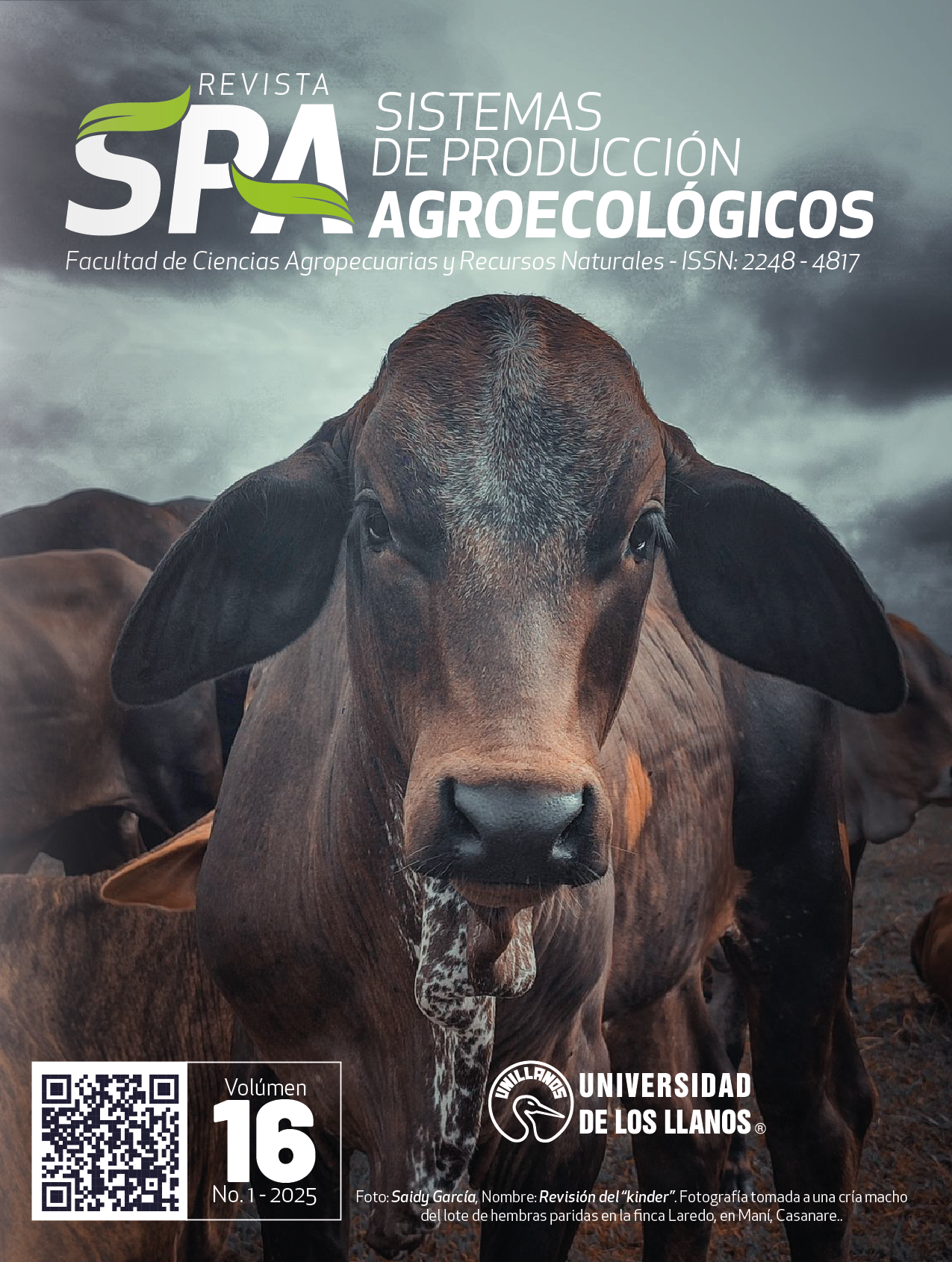La Inteligencia Artificial como aliada para el cumplimiento de objetivos investigativos
Artificial Intelligence as an ally for achieving research objectives
Contenido principal del artículo
Descargas
Detalles del artículo
Referencias
• Fjelland, R. (2020). Why general artificial intelligence will not be realized. Humanities and Social Sciences Communications, 7(1), 1-9. https://doi.org/10.1057/s41599-020-0494-4
• Gartner. (19 de febrero de 2024). Gartner predicts search engine volume will drop 25 percent by 2026 due to AI chatbots and other virtual agents. Gartner. https://www.gartner.com/en/newsroom/press-releases/2024-02-19-gartner-predicts-search-engine-volume-will-drop-25-percent-by-2026-due-to-ai-chatbots-and-other-virtual-agents
• Luckin, R. y Holmes, W. (2016). Intelligence Unleashed: An argument for AI in Education. Pearson Education. https://www.pearson.com/content/dam/corporate/global/pearson-dot-com/files/innovation/Intelligence-Unleashed-Publication.pdf
• Mehrabi, N., Morstatter, F., Saxena, N., Lerman, K., & Galstyan, A. (2021). A survey on bias and fairness in machine learning. ACM computing surveys (CSUR), 54(6), 1-35. https://doi.org/10.1145/3457607
• Russell, S., & Norvig, P. (2020). Artificial Intelligence: A Modern Approach (4th ed.). Pearson. https://aima.cs.berkeley.edu/
• Universidad Nacional Autónoma de México (UNAM). (28 de noviembre de 2023). Cerca del 80 por ciento de las personas utiliza IA sin darse cuenta. Gaceta UNAM. https://www.gaceta.unam.mx/cerca-del-80-por-ciento-de-las-personas-utiliza-ia-sin-darse-cuenta/
• Vicci, A. C. (2018). ¿Qué pasó con el Test de turing? Teorías, Enfoques y Aplicaciones en las Ciencias Sociales, 11(23), 61-69. https://revistas.uclave.org/index.php/teacs/article/view/2034


 PDF
PDF
 FLIP
FLIP





